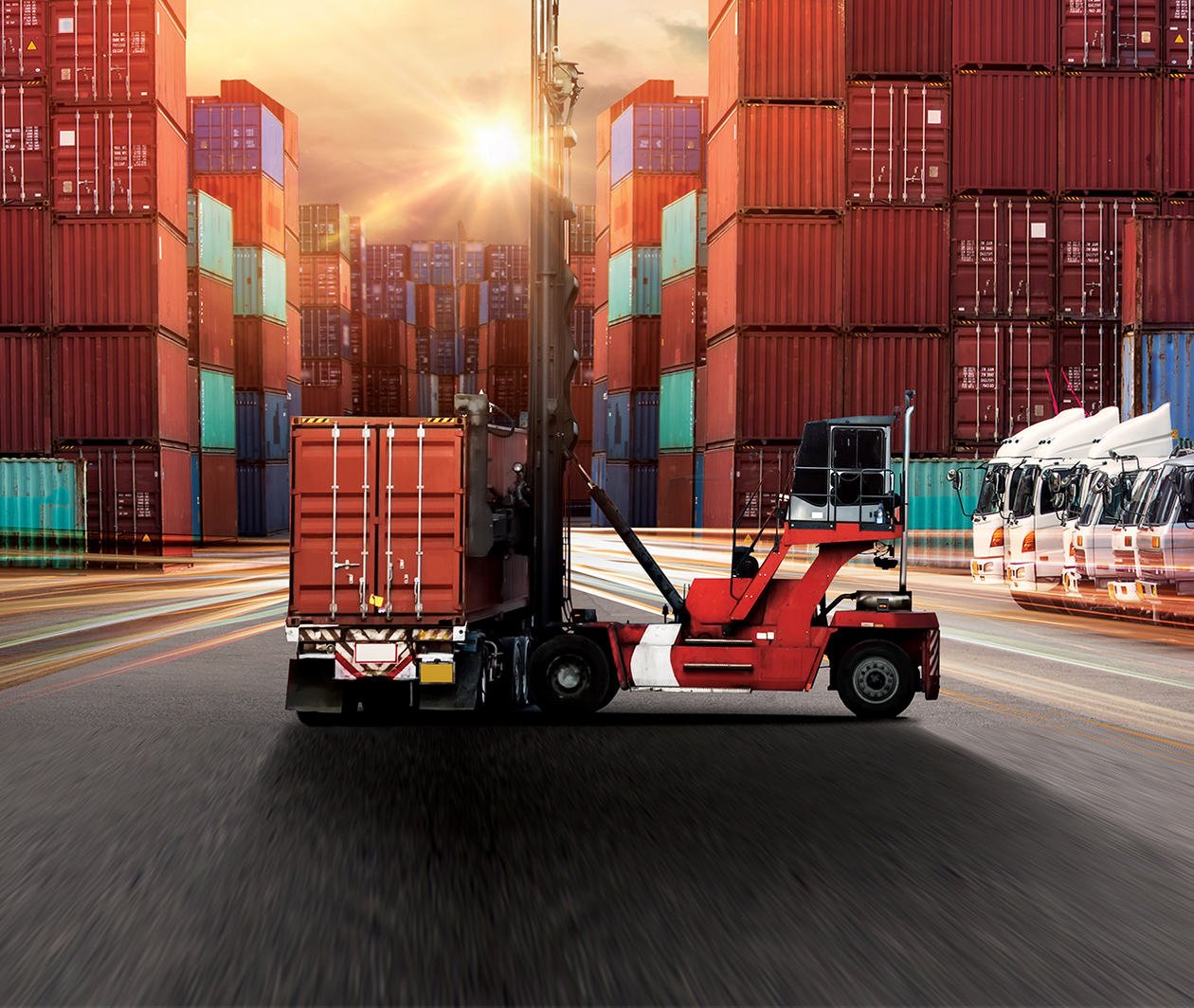
Duration
2 weeksWeekly study
10 hours
Operational Management of Transport Assets and Distribution Networks
Assess different modes of transport and operational distribution assets
Throughout the course, we’ll examine different modes of transport, spanning air, land and sea, and study the most relevant defining characteristics of each, for example, how air and sea transport require only terminals to load and unload goods, while land transport requires tracks and vehicles.
We’ll also look in detail at different distribution assets, including terminals and warehouses, and learn how these facilitate the intermodal transfer of goods between modes of transport.
What topics will you cover?
Week 1
- Different modes of air, land and water-based transport
- How tracks and roads limit rail and road transport and ports and airports confine shipping and air routes
- Key global infrastructure features of air, rail, road and water transport
- Evaluation of modal choice and how to select transport modes for a global route
Week 2
- Utilisation of assets, including ports, airports, distribution buildings, terminals and warehouses
- Load configurations for different modes and the quality of available logistics services
- ISO containers, intermodal equipment and assets used to change modes at terminals
- Assessment of locations of container ports, airports, rail terminals and warehouses
- Intermodal market segments and interaction with other modes
Learning on this course
On every step of the course you can meet other learners, share your ideas and join in with active discussions in the comments.
What will you achieve?
By the end of the course, you‘ll be able to...
- Recognise and assess different modes of transport
- Describe intermodal transport method
- Identify and evaluate different intermodal assets such as ISO containers, swap bodies and intermodal trailers
- Evaluate the different modes to enable optimum modal selection
- Identify key distribution assets, including ports, airports, warehouses, transit depots and consolidation centres
- Outline key methods of road transport operation
- Recognise the structure of shipping industry
- Identify key global shipping lanes
- Identify key features of air cargo
- Assess different air cargo providers, routes and cargo types
- Discuss the global structure of rail freight assets
- Identify where rail and shipping fits in the intermodal chain
Who is the course for?
This course is for business professionals aiming to improve their logistics, supply chain or distribution skills. It is designed to help anyone looking to examine and judge which transport modes need to be developed within a global distribution network at both an operational and strategic level. People completing this course would typically be employed at a global manufacturer, retailer or shipper, or could be working with a logistics provider or consultancy.
Learning on FutureLearn
Your learning, your rules
- Courses are split into weeks, activities, and steps to help you keep track of your learning
- Learn through a mix of bite-sized videos, long- and short-form articles, audio, and practical activities
- Stay motivated by using the Progress page to keep track of your step completion and assessment scores
Join a global classroom
- Experience the power of social learning, and get inspired by an international network of learners
- Share ideas with your peers and course educators on every step of the course
- Join the conversation by reading, @ing, liking, bookmarking, and replying to comments from others
Map your progress
- As you work through the course, use notifications and the Progress page to guide your learning
- Whenever you’re ready, mark each step as complete, you’re in control
Want to know more about learning on FutureLearn? Using FutureLearn
